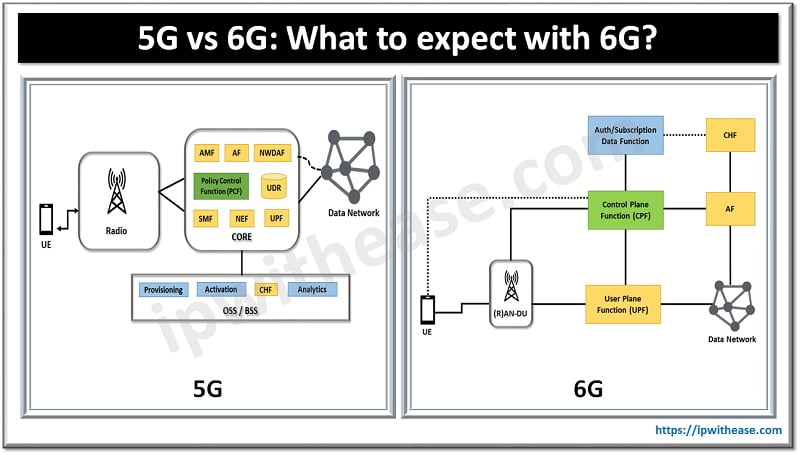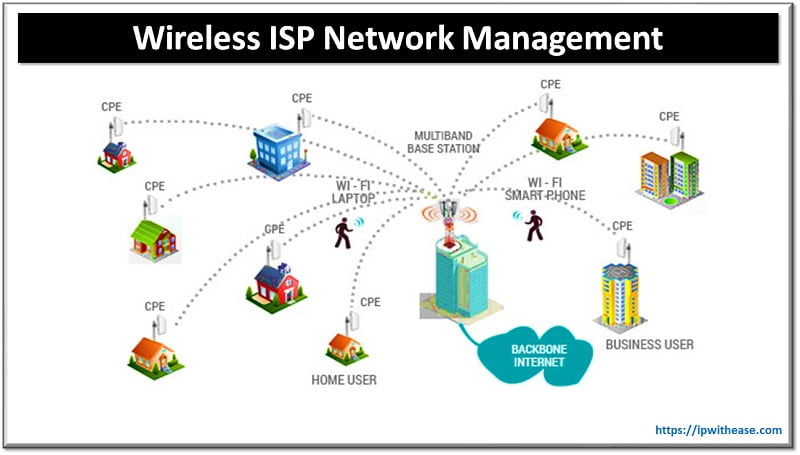The wireless mobile hosts collection is termed as ad hoc wireless network that forms temporary network without the assistance of any centralized protocol or established infrastructure. Traditionally these networks were of military interest. All through 1970s and 1980s, most of the work in ad hoc radio networks packet design was funded by DARPA. Interest revival is there in the networking of ad hoc wireless on account of improved technology and new applications. Several commercial applications are there for which these networks are considered now. These include wireless LANs, in-home networking, disaster relief short term networking, nomadic computing, temporary offices and public events.
This networking receives support from both the HIPERLAN type 1 wireless and IEEE 802.11 LAN standards covering small area. The network areas that are wider are under the development phase. Peer to peer architecture is required by the ad hoc networks and dependence of network topology is on different users’ location which can also witness changes with time. Along with this, since there is a limit to the range of propagation of a mobile, there is demand of enlisting other mobiles support in the process of a packet forwarding till the final destination is reached.
Therefore several wireless hops might be consisted in the end-to-end connection among two hosts of mobile. This technical challenge has great significance for offering high speed, reliable end to end communications in the ad hoc wireless network. All this is with their decentralized control, dynamic network topology and multihop connections. The focus of current wireless ad hoc network design research is on distributed routing. In the ad hoc wireless network, the operation of every mobile host must be like a router so that the connectivity information could be maintained and packets could be forwarded from the other mobiles.
For this work, the routing protocols having design intended for wired networks are not suitable since they might either demand excessive overhead or lack ability of changing topology quickly. Associatively based dynamic source routing are included in distributed routing proposed approaches that can adapt quickly to the altering topology of network without much overhead. Power control, rate adaptive compression and resource allocation via radio clustering are included in the other protocols used for addressing the challenges in offering support to multimedia applications over the wireless ad hoc networks.
Details of Ad hoc wireless network:
Some of the uses, features and benefits of ad hoc networks are:
- For setting up the on the fly network, it is not important to have expensive equipment
- Ad hoc network does not has single failure point
- When there is need for direct sharing of data or other files with another computer then ad hoc networks serve useful even when Wi-Fi network access is not there.
- Deployment of wireless ad hoc networks is quick and results are also produced in similar manner in case of emergency where suitability of wireless network is there.
- Ad wireless network could be used for sharing internet connection of the computer with other computer
Wireless ad hoc networks types:
Different classes are there in which categorization of wireless ad hoc networks is done. These include:
- VANET (vehicular ad hoc network): communication between vehicles takes place using this. ad hoc technologies and artificial intelligence is used by intelligent VANETs for establishing communication during emergency
- MANET (mobile ad hoc network): mobile devices ad hoc network
- SPAN (Smartphone ad hoc network): ad hoc wireless network developed on smartphones using present technologies such as Bluetooth and Wi-Fi
- Army tactical MENT: used for communication on the move in army, a tactical wireless ad hoc network that depends on instant operation and range for establishing networks.
- Wireless mesh network: ad hoc network having direct communication between several nodes for relaying information all through the network
- Wireless sensor network: everything is collected by these sensors from pressure and temperature readings to levels of humidity and noise. It can deliver information forming ad hoc network to home base without establishing direct connection with it
- Ad hoc network for disaster relief: these networks are also significant in case of disaster for establishing communication when functioning of hardware is not proper.
Related- Networking Scenario Based Interview Questions
Related- Wireless Interview Questions
ABOUT THE AUTHOR

You can learn more about her on her linkedin profile – Rashmi Bhardwaj



